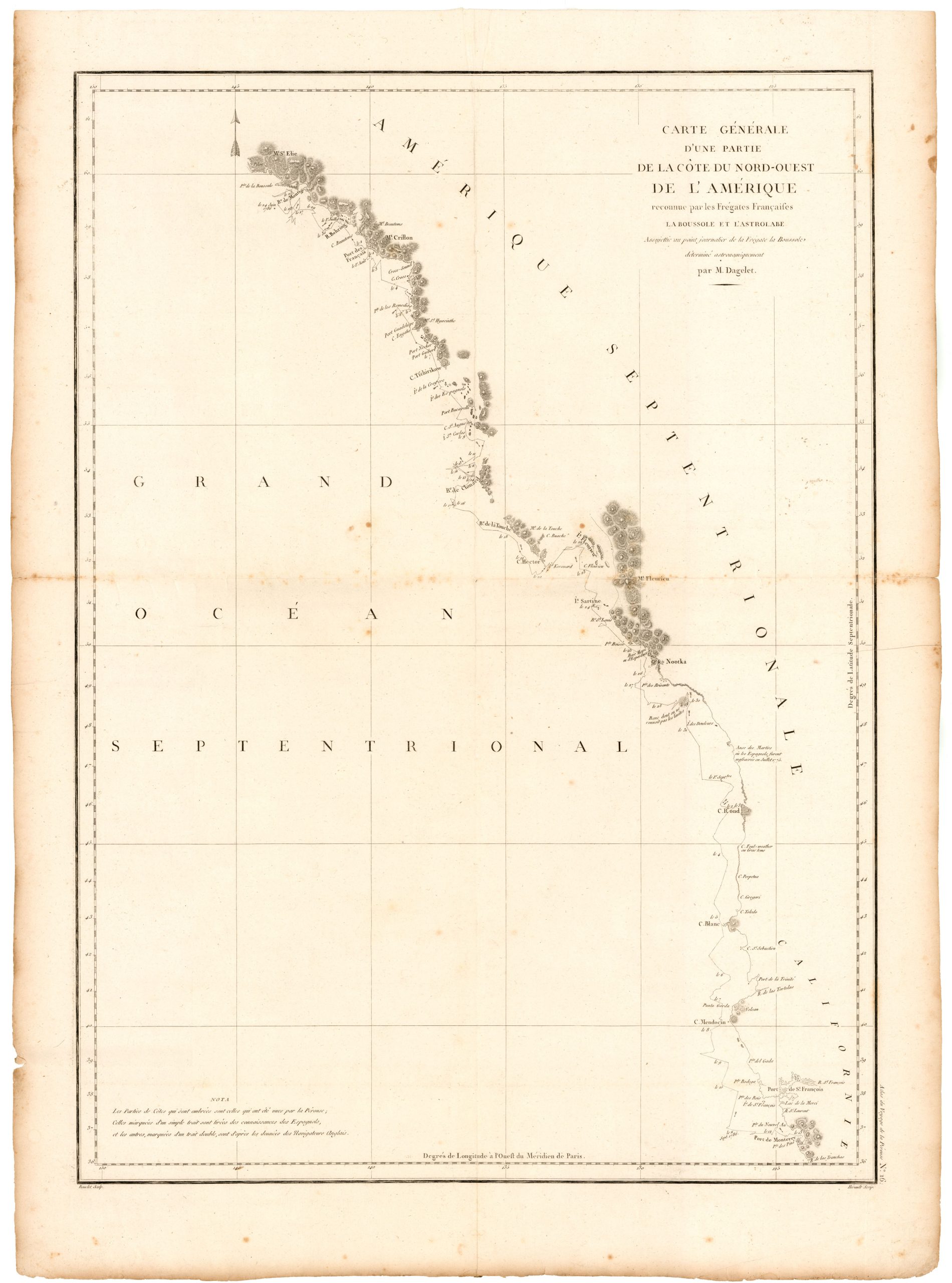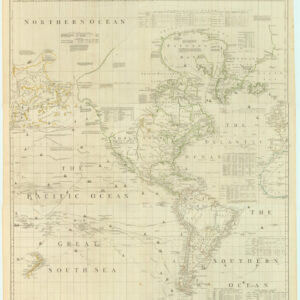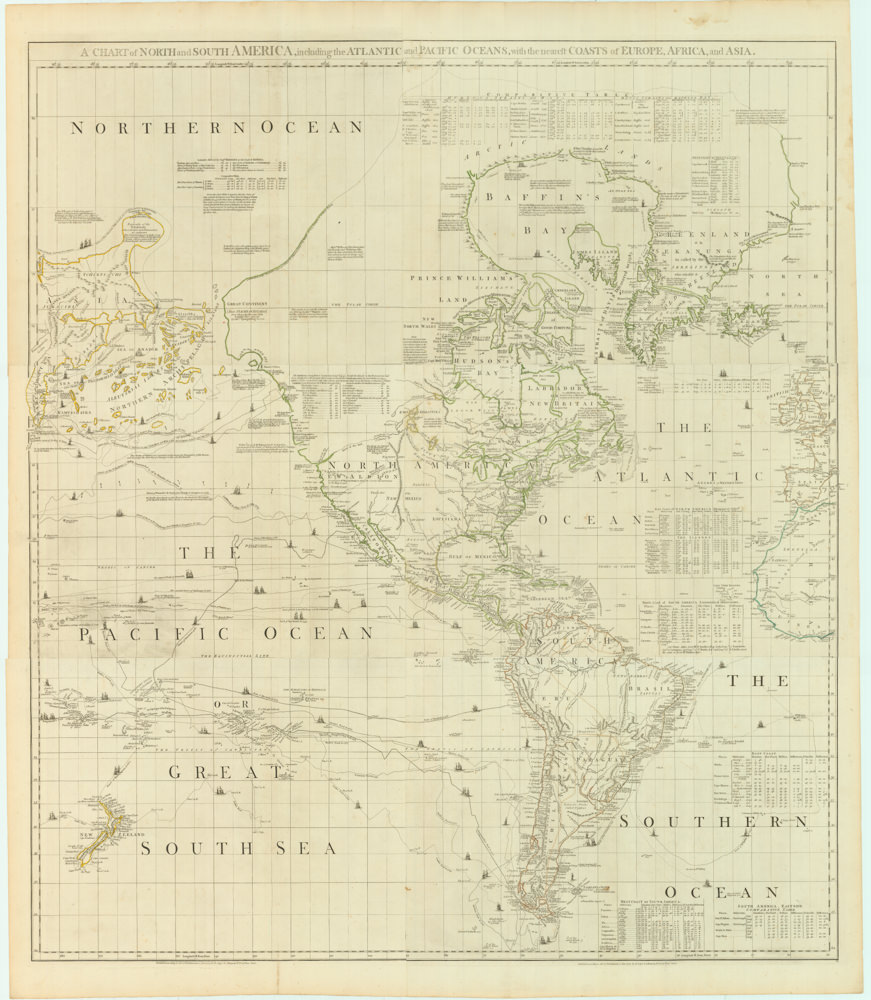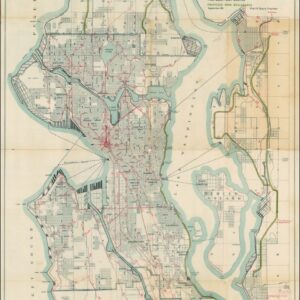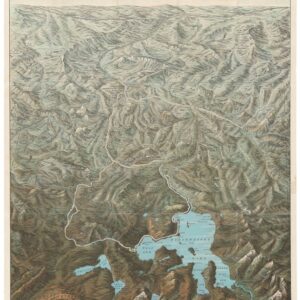Mackenzie becomes the first European to reach the Pacific by land, 1793
A Map of Mackenzie’s Track from Fort Chipewyan to the Pacific Ocean in 1793
Out of stock
Description
Map of Mackenzie’s second voyage, in 1793, all the way to the Pacific Ocean, a journey that followed a number of rivers—the Parsnip, the Herrick and McGregor, and the Fraser—before taking established native trails to the Bella Coola, which he followed to its mouth.
Cartographer(s):
In 1776, the young Alexander Mackenzie, a Scot living in New York City, was sent to Montreal when his father and uncle took arms in service of King George III. Three years later, still in Montreal, he apprenticed in a fur-trading company that would soon become part of the North West Company, rivals to (and eventually merged with) the great Hudson Bay Company. Mackenzie’s name, however, has come to outshine the commercial empire for which he worked. Mackenzie is remembered first and foremost as the first European to travel over land to the Pacific Coast, which he accomplished in 1793, reaching the coast at the mouth of the Bella Coola river, in British Columbia.
Mackenzie is also remembered for his 1789 journey along the river that now bears his name—the longest in Canada. His goal had been to reach the Pacific along a water route, but the Mackenzie River flows west and then north, to the Arctic Ocean. For this journey, Mackenzie is often recognized for having demonstrated that there was no northwest passage. The first European to travel over land, west of the Hudson Bay, all the way to the Arctic Ocean, was Samuel Hearne, who had traveled from a base on the Hudson Bay to the mouth of the Coppermine River in 1771, but news of this journey had been suppressed by the Hudson Bay Company for many years (see also Cook’s Lost Chart).
Mackenzie’s Voyages from Montreal Through the Continent of North America to the Frozen and Pacific Oceans in 1789 and 1793 was published in 1801 and became almost immediately famous. For U.S. President Thomas Jefferson, Mackenzie’s journeys, and the consequent European claim to the land, was an immediate spur to fund the 1804 Lewis and Clark expedition, so that the U.S. might claim North American lands for itself, forestalling the European powers.
Condition Description
Wear at margins and folds, moderate foxing.
References

